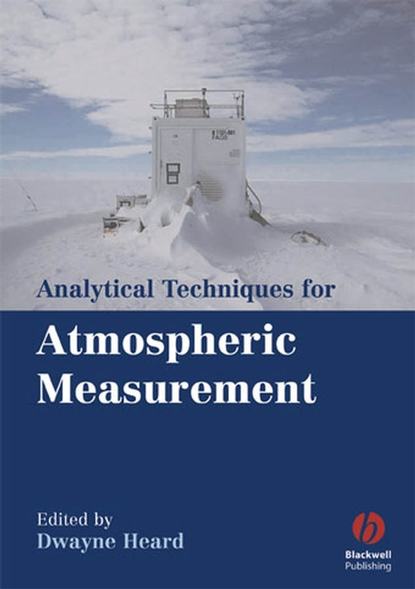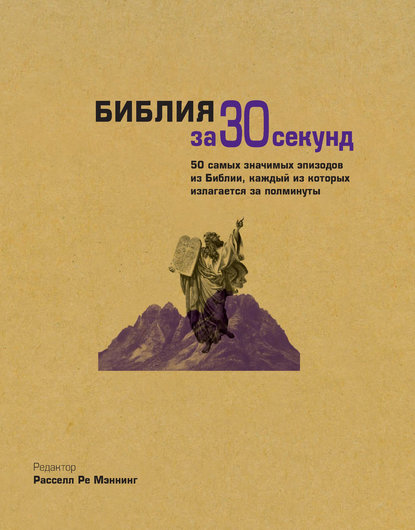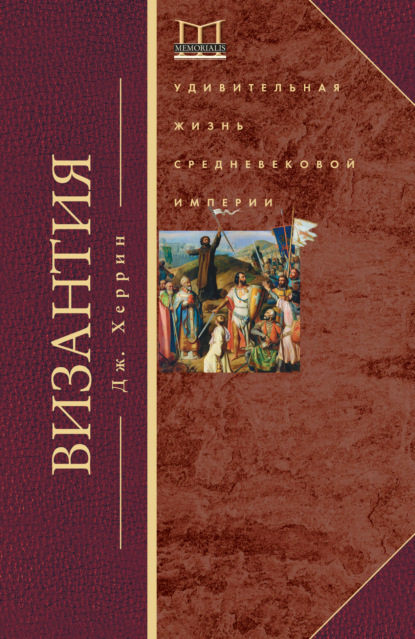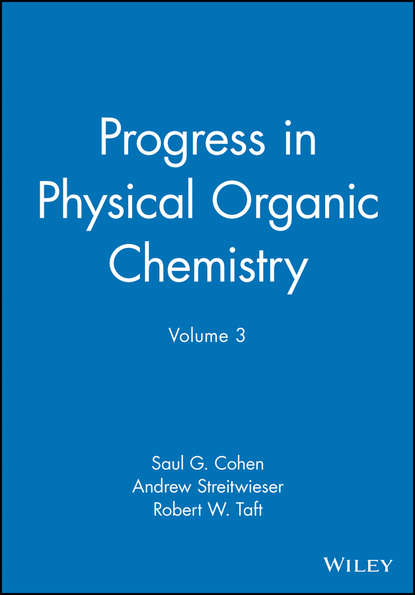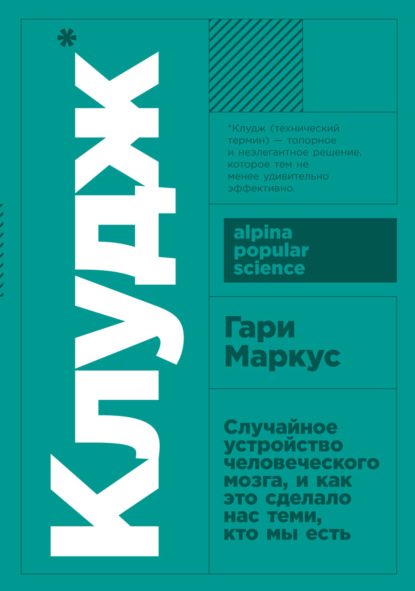Эта книга предлагает авторские рекомендации по используемым инструментальным методикам для проведения измерений в атмосфере. Цель книги: для специалиста-атмосферного исследователя, научного сотрудника и студента младшего звена. Если вы незнакомы с книгой, вот краткое описание, которое я могу предложить вам переписать: Книга фокусируется на инструментах, используемых для получения данных об атмосферном газе и аэрозольном составе в
This book is not for you if you want fluff and no substance. You will find a lot of information here - if you desire knowledge. It is really very dry and analytical - more than once I opened it to remind myself what the topic was about. Not fun to read; spot-on however. If you're in the Department of Environmental Science at a university and would like to write a dissertation on Tropical Vortexes and atmospheric reclassification click this one up.
Электронная Книга «Analytical Techniques for Atmospheric Measurement» написана автором Группа авторов в году.
Минимальный возраст читателя: 0
Язык: Английский
ISBN: 9781405171441
Описание книги от Группа авторов
Almost all of the breakthroughs in understanding the atmosphere have been initiated by field observations, using a range of instrumental techniques. Developing or deploying instruments to make further observations demands a thorough understanding of the chemical and spectroscopic principles on which such measurements depend. Written as an authoritative guide to the techniques of instrumental measurement for the atmospheric scientist, research student or undergraduate, Analytical Techniques for Atmospheric Measurement focuses on the instruments used to make real time measurements of atmospheric gas and aerosol composition. Topics covered include how they work, their strengths and weaknesses for a particular task, the platforms on which they have been deployed and how they are calibrated. It explains the fundamental principles upon which the instrumental techniques are based (ie what property of a molecule can be exploited to enable its detection), what limits instrumental sensitivity and accuracy, and the information that can be gained from their use.
